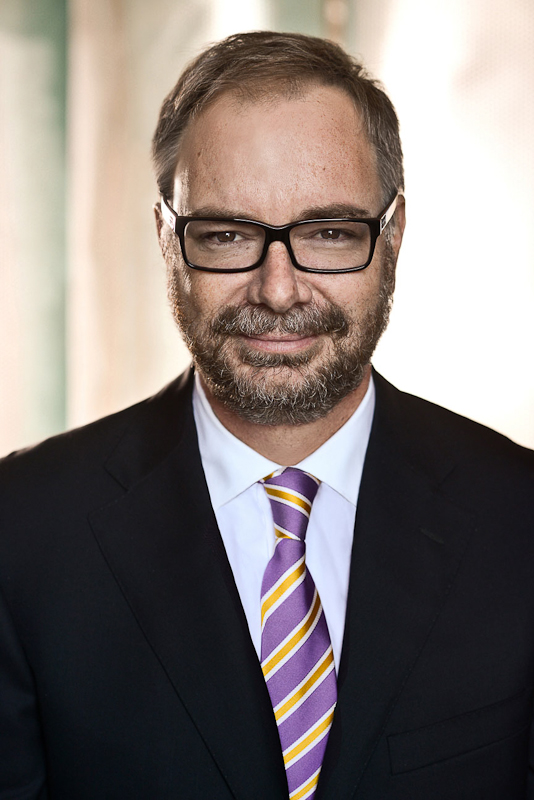
A new online grading program is enabling professors and teaching assistants (TAs) to mark at astonishing speeds.
The program, known as Crowdmark, has vastly increased in popularity since its release, according to its creator James Colliander.
Colliander, a University of Toronto (U of T) mathematics professor, said he came up with the idea after a marathon of marking tests in 2011.
“In 2011, I was responsible for organizing the team of graders that evaluate the Canadian Open Mathematics Challenge, so 5,000 16-page math exams arrived at U of T from all across Canada,” Colliander said.
“I organized my colleagues and TAs to help evaluate these exams, and it was a logistical nightmare.”
Colliander said while marking these, he thought about the potential to use a web application to improve efficiency.
Following the advice of his colleagues, Colliander said he decided to form his own company to create the program, and dubbed it Crowdmark.
The small company of seven quickly developed a beta program, where it experimented and perfected the program until its release in October 2013, according to chief operating officer Lyssa Neel.
Colliander said the program allows registered users to access basic templates with which they can create their exams.
He said these templates are generalized formatting templates that can be used across various platforms, including Microsoft Word and Adobe Reader.
“After these exams or assignments are distributed and collected in accordance with typical procedures, the exams are run through a rapid scanner that is either on site or an outsourced provider,” Colliander said.
Neel said the program, using a printed QRN code on the documents, enables evaluators who share the workload by typically allocating questions to individual markers to evaluate without having to manually interact with the documents, such as by turning pages.
Neel, who holds a doctorate in computer science and left MaRS Innovation, a Toronto-based IT corporation, to join Crowdmark, said the company reported 11,000 users and continues to grow.
Colliander said the program has been marketed toward math classes with larger class sizes.
But the program is by no means exclusive, and would have lots of benefits for various other disciplines, he said.
Colliander said the program is beneficial to professors as it drastically reduces the amount of work they have to do.
This comes as a result of removing the physical interaction of the professor with the exam.
He said it allows professors to make more meaningful and substantial comments with larger comment spaces, and it automatically calculates and transcribes the final grade.
But Colliander said the program also has direct benefits for students.
“We proved with partners at U of T that a team of 10 TAs and one instructor have the capacity to return 12,000 midterms in less than 24 hours,” he said.





